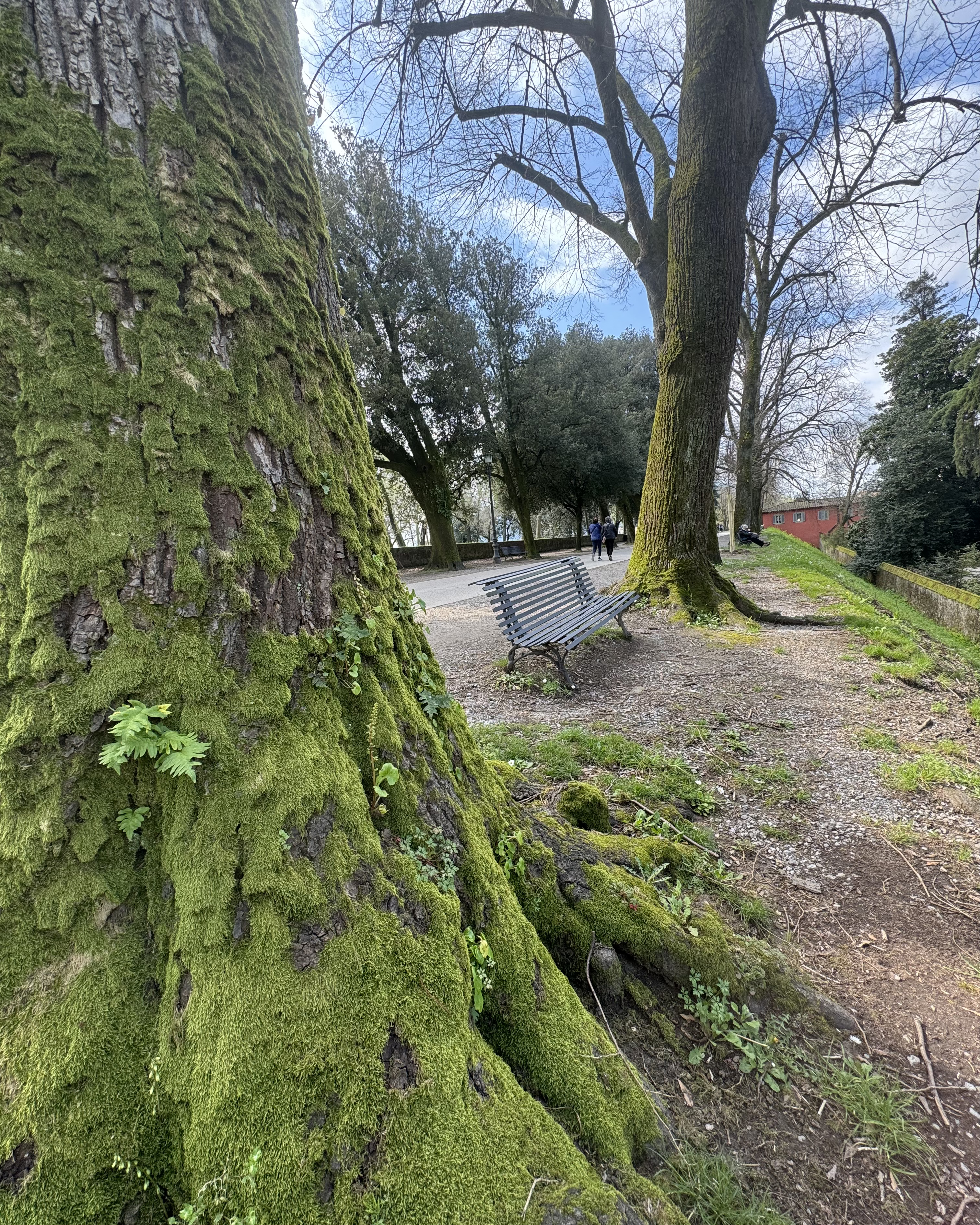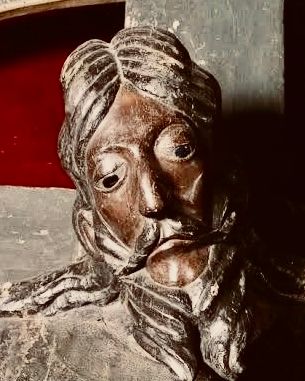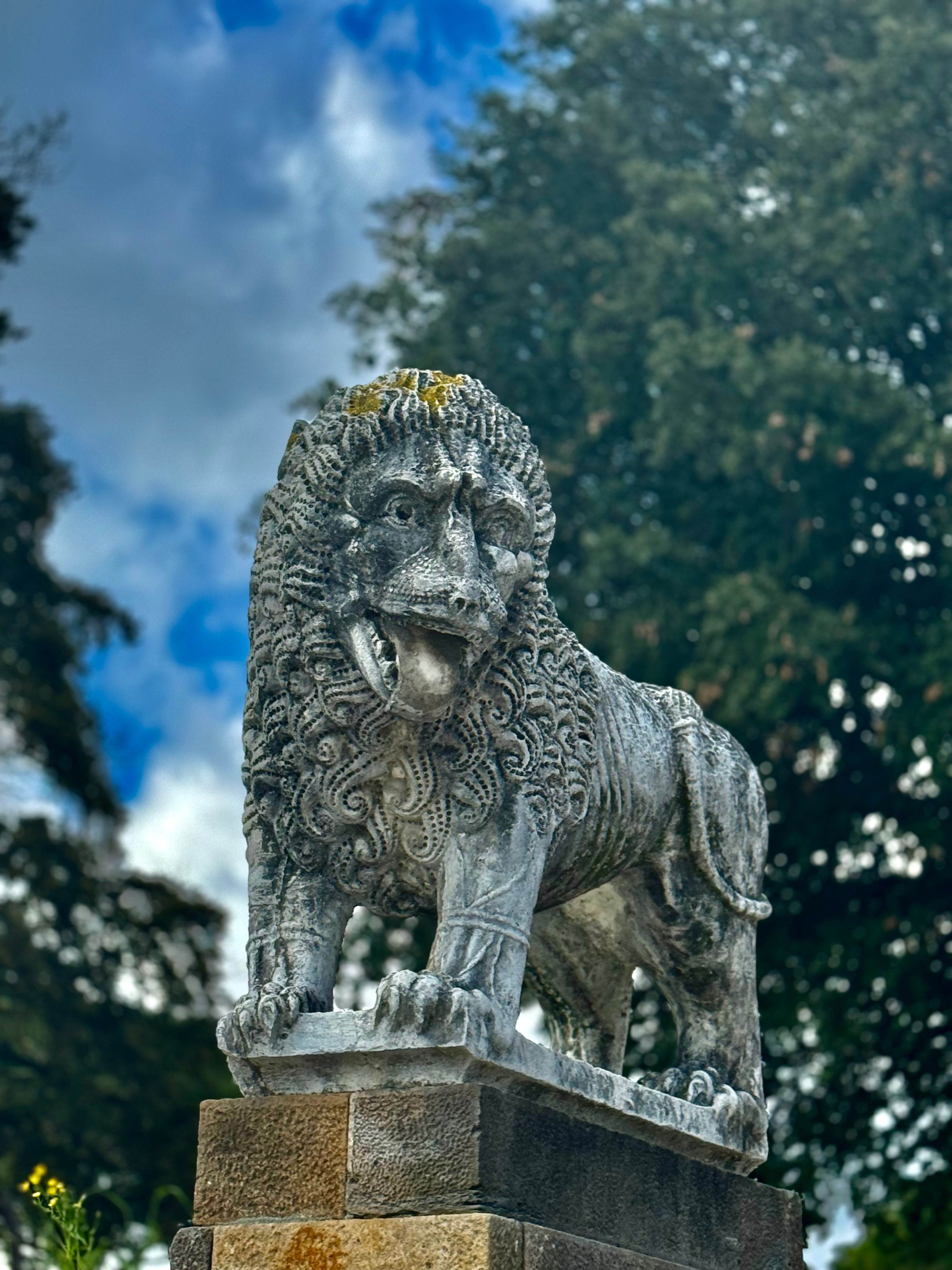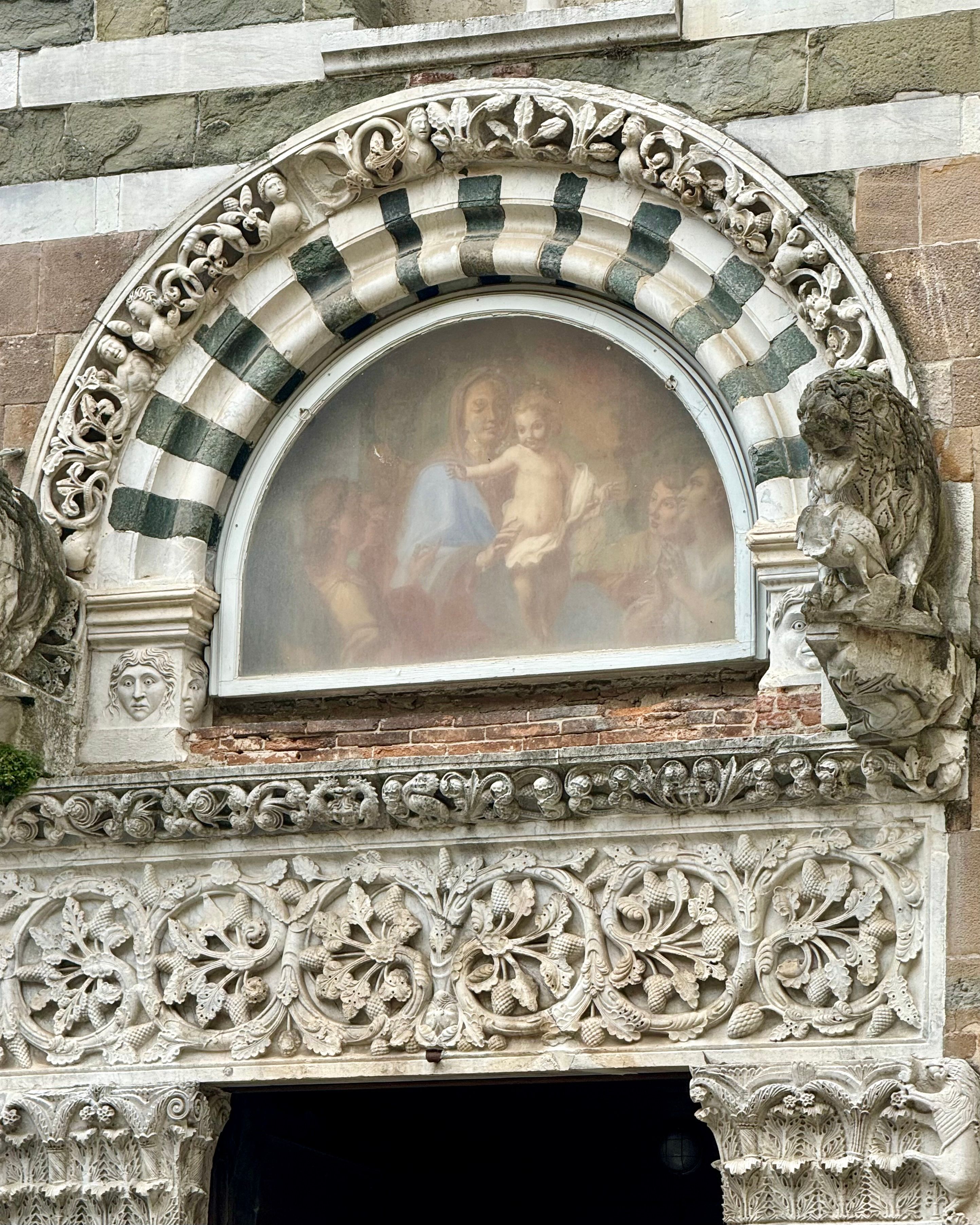LEGEND OR MIRACLE? LUCCA, TUSCANY
Volto Santo di Lucca, Over 1,200 Years Old, the Oldest Wooden Sculpture in the Western World
What Do You Believe?
There’s something about Lucca, Tuscany, Italy.The moment you step through the thick medieval walls of this Tuscan city, you feel it – a small, different world.

A hush. A weight of history, as though the stones themselves are holding secrets.Wandering through the street of Lucca, I felt safe to explore, to linger, to just disappear and ignore the many “Gucci-like” expensive shoppers. The cobblestone streets swallowed me whole, and I got lost in a deeply spiritual ambiance.

At the heart of it all, in the historic San Martino Cathedral, is a crucifix that has fascinated pilgrims and travellers for more than 1,200 years – the Volto Santo di Lucca, or the "Black Christ of the Lucchiesi."Believed to be the oldest surviving wooden sculpture in the Western world, this mysterious, towering eight-foot crucifix has lived through storms, wars, and centuries of quiet devotion. He does not hang in suffering – he stands in quiet majesty. With his enigmatic features – a long nose, flowing hair, moustache, beard, and large feet – he is simply a remarkable relic of history… or something more?
The story behind him made me pause. Reflect. And, just for a moment, believe.
This revered symbol of both Lucca and Christianity was long thought to date back to the 12th century. However, a recent revelation has shaken previous beliefs. A fascinating article published by Redazione on June 20, 2020, titled "Extraordinary Discoveries on the Holy Face of Lucca: it is the oldest wooden sculpture in the West" revealed that the Holy Face actually originates from the 8th–9th centuries!This discovery solidifies its authenticity.
Among the many tales surrounding its creation, one medieval legend stands out. It begins with Nicodemus, the Pharisee who helped Joseph of Arimathea place Christ’s body in the tomb. Overcome with grief, Nicodemus began to carve a crucifixion scene from a dry piece of walnut wood – but he could not capture Christ’s face. Exhausted, he left it unfinished and fell asleep. By morning, the carving was miraculously complete. Angels, the legend says, had finished what Nicodemus could not. This miraculous completion bestowed upon the statue the title of an acheropite work – not made by human hands.
As persecution of Christians intensified, the crucifix was hidden in a cave in Palestine for over 700 years.
Then, in 782, it was placed aboard an unmanned ship and set adrift across the Mediterranean. Where would it land? Miraculously, the ship arrived on the shores of Tuscany.
From there, the crucifix was brought to Lucca, where Bishop St. John I enshrined it in the Cathedral of San Martino. And just like that, Lucca became one of the most important stops along the medieval Via Francigena pilgrimage route.
On my visit, I was extremely disappointed to find that I couldn’t see the Volto Santo in person – it was undergoing restoration during Easter – but even standing outside the cathedral, there was a feeling that lingered.
To date, there are only five copies of the Volto Santo in the world (some in Spain), but here in Lucca lies the real one.
Recently, scientists used the Carbon-14 method to authenticate the statue’s age, confirming its arrival in Lucca in AD 782 and solidifying its claim as the oldest wooden sculpture in the Western world. The CNR Institute of Applied Physics in Florence is currently examining the layers of color on the sculpture’s surface, and we await further results.Each discovery only deepens the mystery, raising more questions about its authenticity and enduring significance.
It makes you wonder: can a wooden statue truly survive centuries of storms, wars, and human threats… without divine intervention? Perhaps it’s the legend. Perhaps it’s the way Lucca itself seems to hold its breath around it.
Or perhaps, I simply ask: Does faith demand that we believe like a child?
These questions linger, leaving a lasting impression on my soul. What do you think?
Please note: all images featured on my website are personally captured by me, except the first photo of the Volto Santo crucifix dressed in gold vestments for the Santa Croce Festival, which is sourced from Puccini Lands (https://www.puccinilands.it/en/card/10117/volto-santo--between-reality-and-legen


